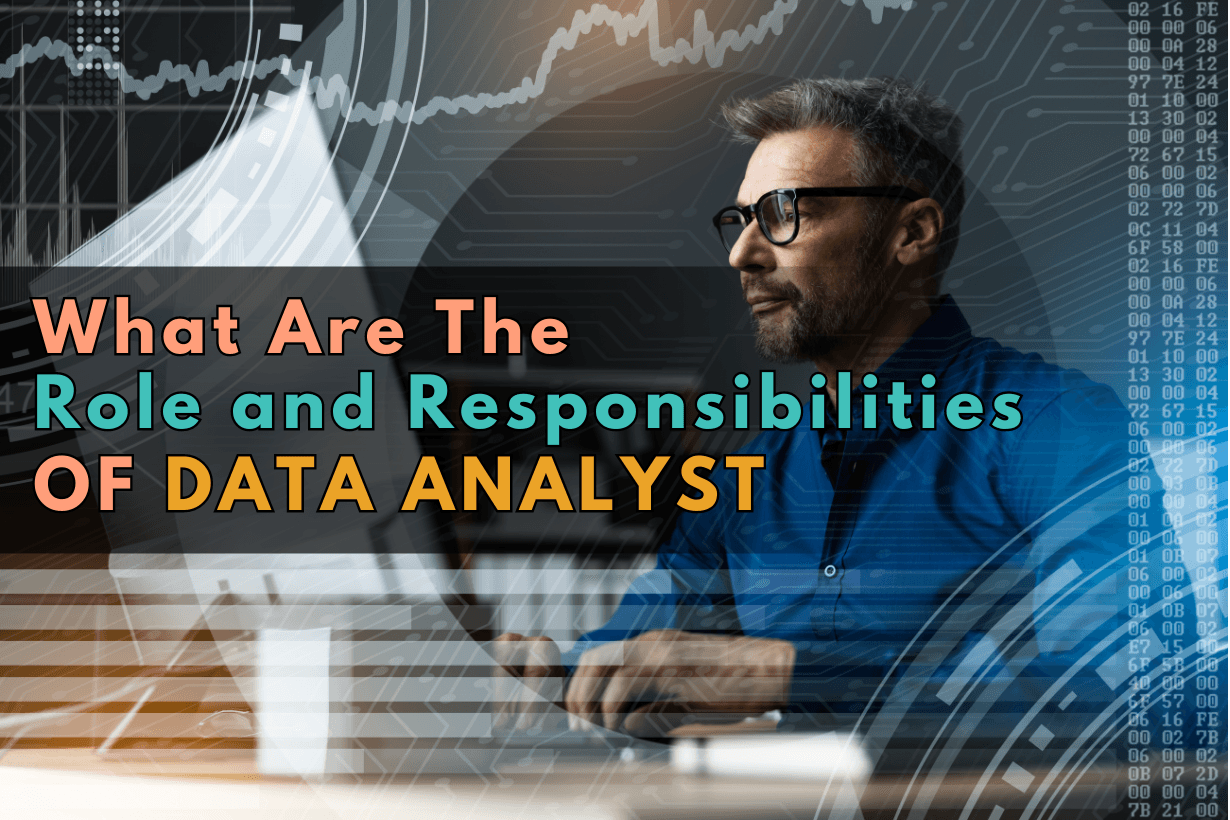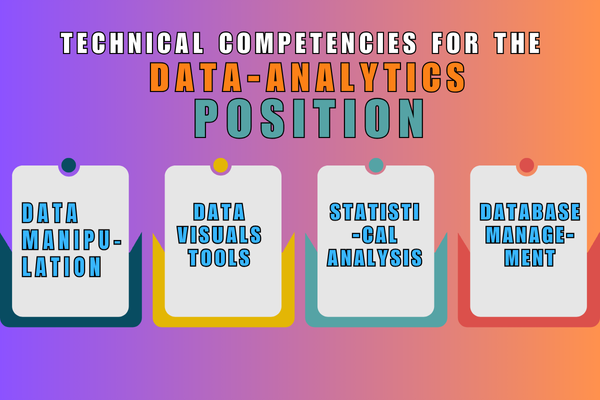
With the modern day’s tagline of data being the new petroleum, it is essential for all organizations regardless of the type of establishment to employ the services of a data analyst. With companies attempting to base their strategies on facts rather than the Senior executives’ gut feel, the role of a data analyst remains highly sought after. This article covers the array of roles and responsibilities of a data analyst and goes further with an investigation of the data analytics position.
Understanding the Core Role and Responsibilities of Data Analysts
Essentially, the duties and tasks of data analysts involve two main functions, which are the processing and analysis of data. These professionals help as intermediaries between large sets of data and management strategies . Lets break down the key components of a typical data analyst job description:
1. Data Collection and Preparation
Data acquisition is yet another major function that is performed by data analysts. This entails the collection of data from a number of sources. This may be internal databases, other external APIs, surveys, or even crawling the web for raw data. Once collected data analysts are required to format and normalize the data they have collected as a way of checking the validity of the data. This crucial step in the data analytics job role involves:
- Identifying and removing duplicates
- Handling missing values
- Standardizing data formats
- Correcting inconsistencies
2. Data Analysis and Interpretation
Consequently, the analysis phase forms the center of activities expected of a data analyst . Here data analysts use different statistical models and analytical tools that will enable them to come up with patterns and trends from the data that is prepared. This aspect of the role and responsibilities of data analysts includes:
- Conducting exploratory data analysis
- Using of statistical tests and models
- Identifying correlations and casualties
- Development of hypothesis and its testing
3. Data Visualization and Reporting
Another vital aspect that arises when it comes to the execution of tasks by data analysts is report presentation. This, in many cases, entails developing easily understandable and aesthetically pleasing graphics and visualizations of data and findings. The data analytics job role requires proficiency in:
- Creating helpful charts, graphs, and dashboards
- Crafting compelling data stories
- Conveying information, which may be really intricate to a general audience in a simple manner.
- Report customization for different users
4. BI and DSS
There is a trend in contemporary job descriptions of a modern data analyst towards a higher demand for business orientation. Data analysts are expected to:
- Make their analysis match the objectives of the business
- Provide data-driven recommendations
- Support strategic decision-making processes
- Opportunities have to be found whereby there are duplicitous or ineffective methods within the organization so that they can be eliminated and one best method utilized.

Technical Competencies for the Data Analytics Position
This is the reason why technical competency is one of the crucial factors in order to perform the role and responsibilities of data analysts to the maximum potential. Key areas include:
1. Programming and Data Manipulation
Knowledge of languages in SQL , Python or R is very helpful in managing and processing big data sets. Such tools constitute the core competencies of many data analyst career specifications.
2. Statistical Analysis
Knowledge of the statistical concepts and their usage is the prerequisite to the position of the data analyst. This refers to matters concerning descriptive statistics, inferential statistics, and probability.
3. Data Visualization Tools
Good knowledge of at least one of the tools such as Tableau, Power BI, or Matplotlib is mandatory to produce great visualizations, which is one of the tasks of the data analyst.
4. Database Management
About data analyst positions, one can note that a vast number of the job descriptions include database systems and data warehousing as key frameworks that allow to store, as well as to manage and extract large amounts of data.
Soft Skills Complementing the Role and Responsibilities of Data Analysts
While technical skills are crucial , the data analytics job role also demands a set of soft skills:
1. Critical Thinking and Problem-Solving
A data analyst must be logical and must be able to reason his or her way through a problem to arrive at a rational decision.
2. Communication Skills
One more requirement that is specific to the job of a data analyst implies their capacity to present the key data findings in a manner that would be clear for the non-IT audience.
3. Attention to Detail
Professional attention to detail is critically important in various data analysis processes, which is why paying close attention to details is often listed among the requirements for data analysts.
4. Curiosity and Continuous Learning
As in any other field that involves the manipulation of data, there continued emergence of newer techniques and technologies hence the need for the data analyst.

Evolving Aspects of the Data Analytics Job Role
With the increasing implementation of technology in organizations, the position, role and responsibilities of a data analyst are still evolving. Some emerging areas include:
1. Machine Learning and AI
A common feature of contemporary data analysts’ job offers is the ability to work with simple forms of machine learning, which erases the dividing line between data analysts and data scientists .
2. Big Data Technologies
The knowledge of using big data platforms like Hadoop and Spark is gradually becoming a requirement for data analytics job positions.
3. Data Ethics and Governance
By now, people become more aware of data privacy, and thus ethical data handling skills are becoming essential for data analysts.
4. Cloud Computing
With a growing number of business applications relying on cloud services, an understanding of cloud-based analytical tools is now often required in data analysts job specifications.
| Latest Category Jobs | ||
|---|---|---|
| Job Information | Apply Job | |
Business Development Analyst(2-6 years) | ||
Senior Data Scientist(8-12 years) | ||
Measurement & Report Senior Analyst(6-8 years) | ||
S&C Global Network - AI - CMT - Consultant Data Science(5-7 years) | ||
Process Developer(1-6 years) | ||
Hiring For Business Analyst(2-4 years) | ||
Conclusion
The data analysts job description and expectations have changed over the past few years due to the central place that data occupies in the modern economy. In today’s roles data analysts must be highly technical, business savvy and possess excellent interpersonal skills. Due to their heightened importance within the business setting, as the field continues to develop, data analysts will continue to perform a more prominent position regarding influence in business as well as the creation of new ideas. So for those interested in beginning a career in data analysis or for reestablishing one, websites such as Rozgar.com can be useful in providing resources and latest job openings . Using such platforms, one can get to know the current trends about the job description of a data analyst and the qualities that recruitment agencies and employers look for in a data analyst. Thus, it is crucial for data analysts to monitor the information on career advancements and update knowledge systematically to promote effectiveness in this promising industry.
Frequently Asked Questions
The first one is to perform data analysis on large datasets to make deductions that would help the business make a decision.
Among the most important languages in data analysis, are SQL, Python, and R.
Data analysts mainly work with numbers and have the responsibility to make sense of these numbers while Data Scientists design algorithms with the aim of forecasting future circumstances.



